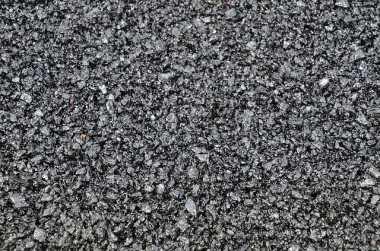What is Cutback?
The Cutback is a liquid binder, it contains about 80% of bituminous material and 20% solvent.

How Cutbacks are Obtained?
Cutbacks are obtained by blending a bituminous material with a volatile solvent.
Which Types of Solvent and Bituminous Material are Used in Cutback?
The bituminous material may be bitumen or tar and volatile solvent commonly used are gasoline, flux oils, Kerosene, etc.
Important Features of the Cutback
⇰The important features of the Cutback are its low-temperature viscosity and also the rate at which it sets.
⇨The setting time of Cutback depends upon the rate at which it is set and also depends upon the rate at which its solvent evaporates.
⇨In any specific situation, the behaviour of a Cutback depends upon the characteristics and quantity of the present solvent.
What are the types of cutbacks?
Cutbacks are of three types depending on the type of solvent used.
1. Rapid Curing (RC)
They are formed by diluting bitumen with naphtha or gasoline type of distillate.
2. Medium Curing (MC)
They are manufactured by diluting bitumen with a kerosene-type of distillate.
3. Slow Curing (SC)
They are formed by fluxing or mixing bitumen with high boiling point light oil which contains little or no volatile constituents.
What are the Uses of Cutbacks?
It is used for road construction, such as road surface dressing for bituminous macadam, and soil stabilization.
Read Also:
Material Required For Construction of Water Bound Macadam (W.B.M) Road